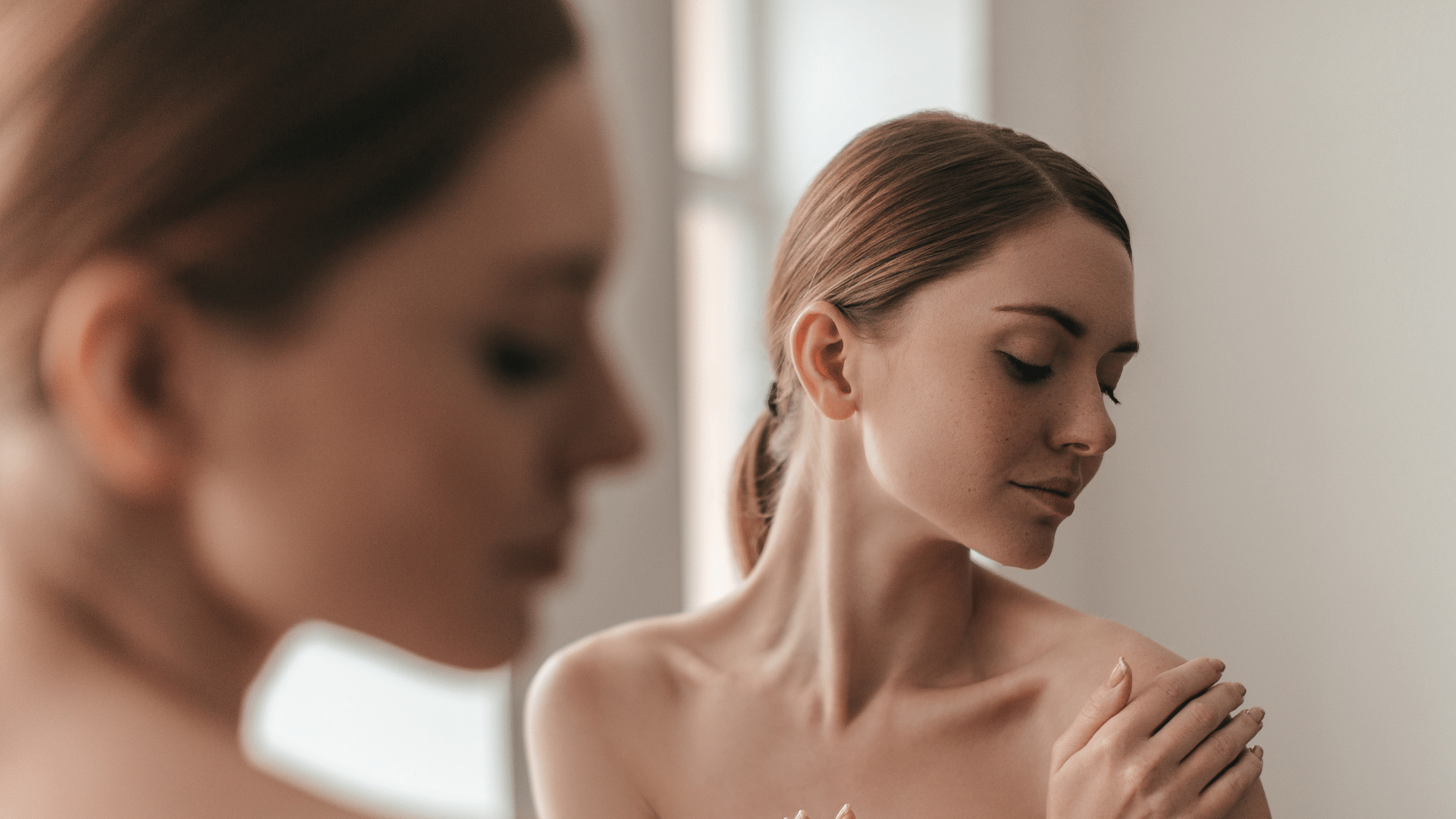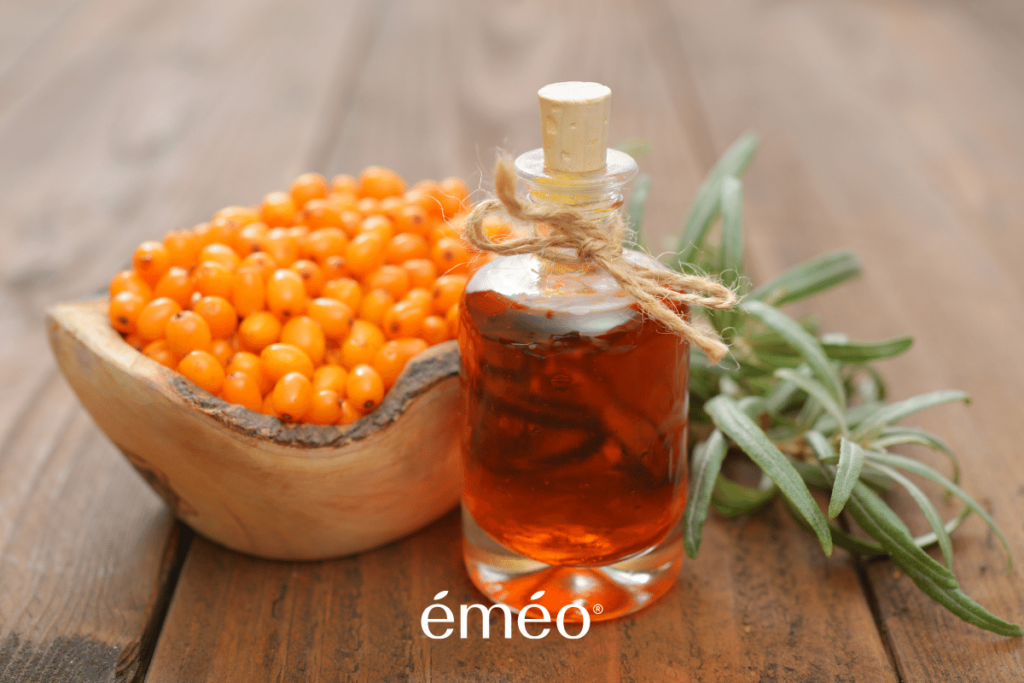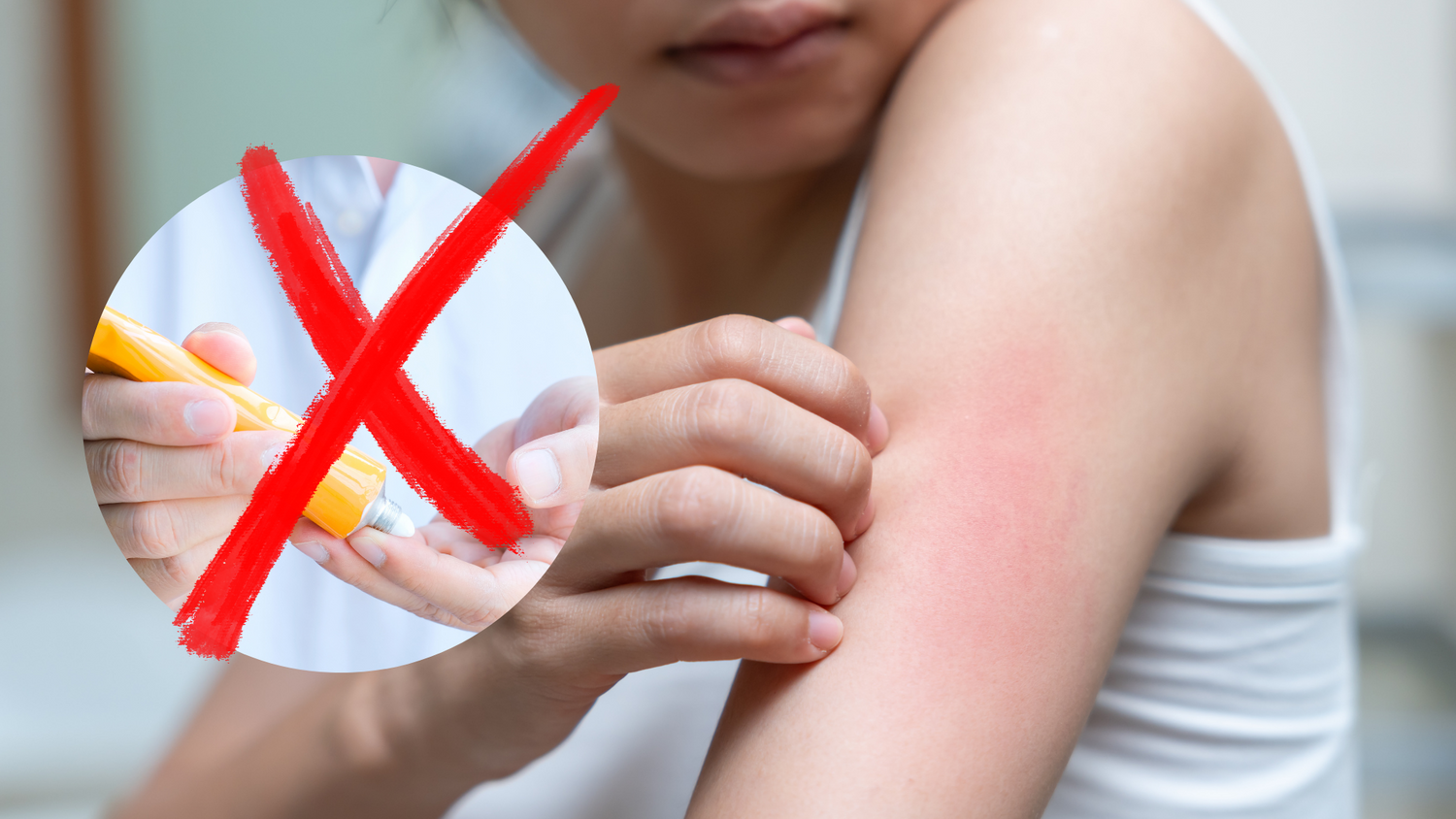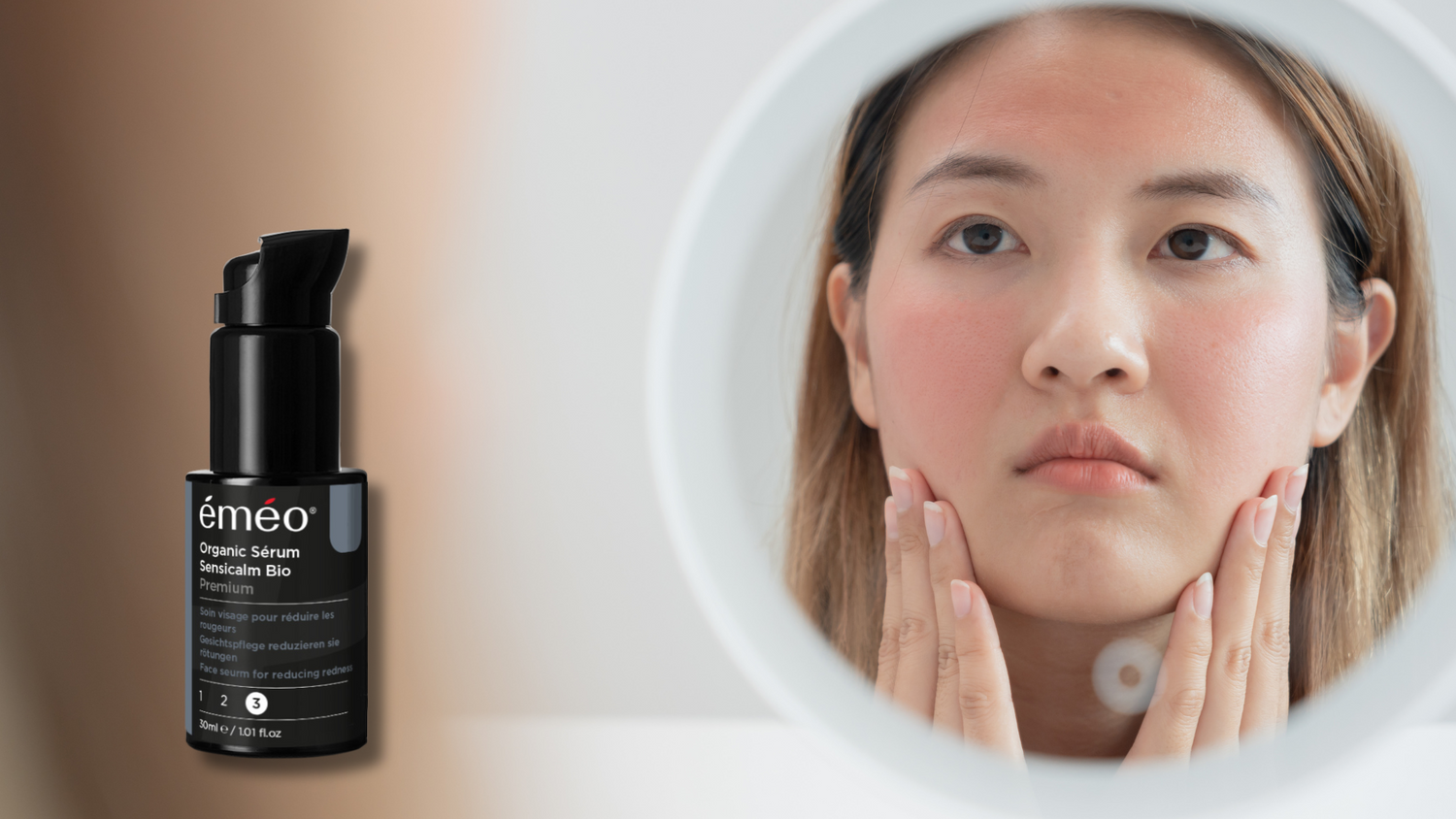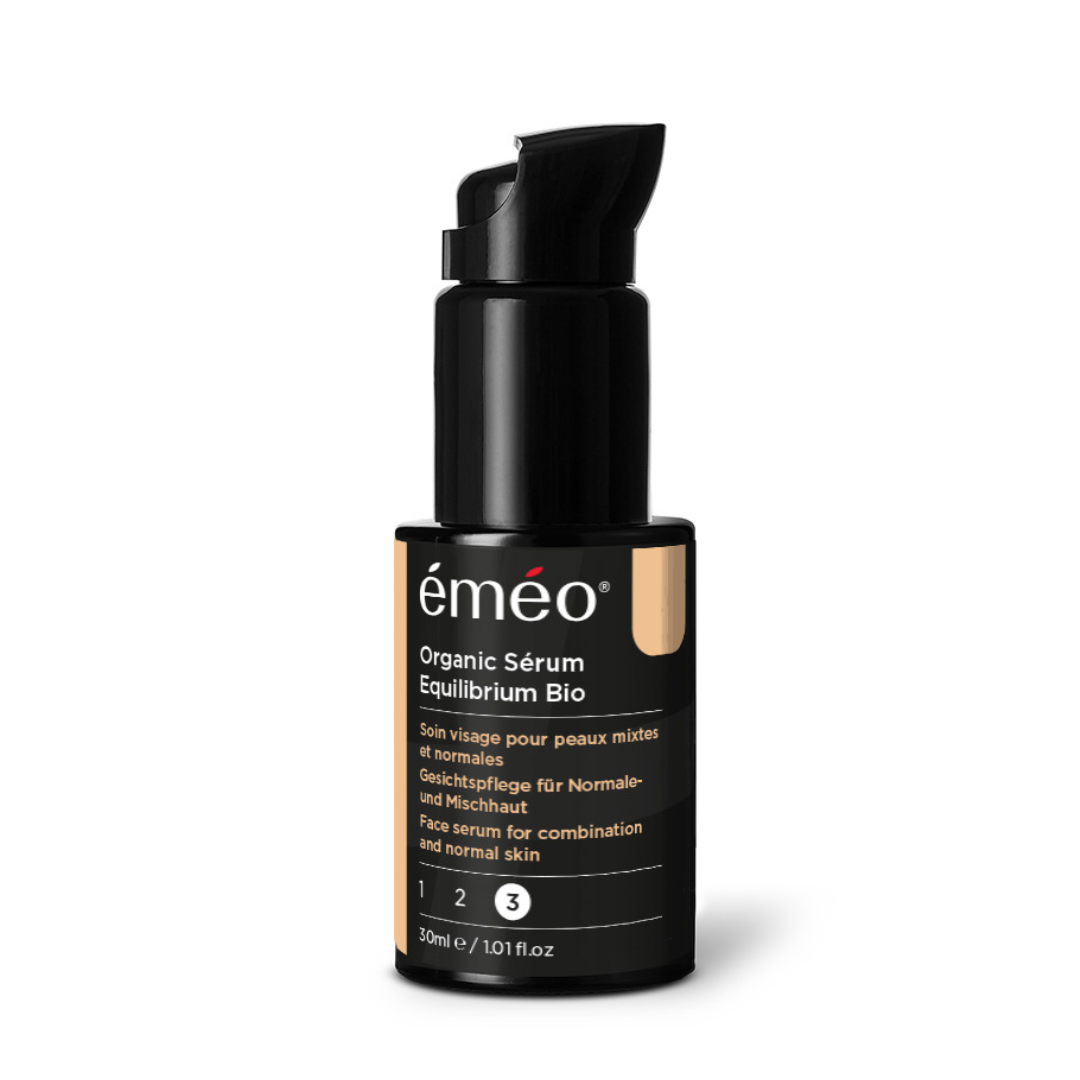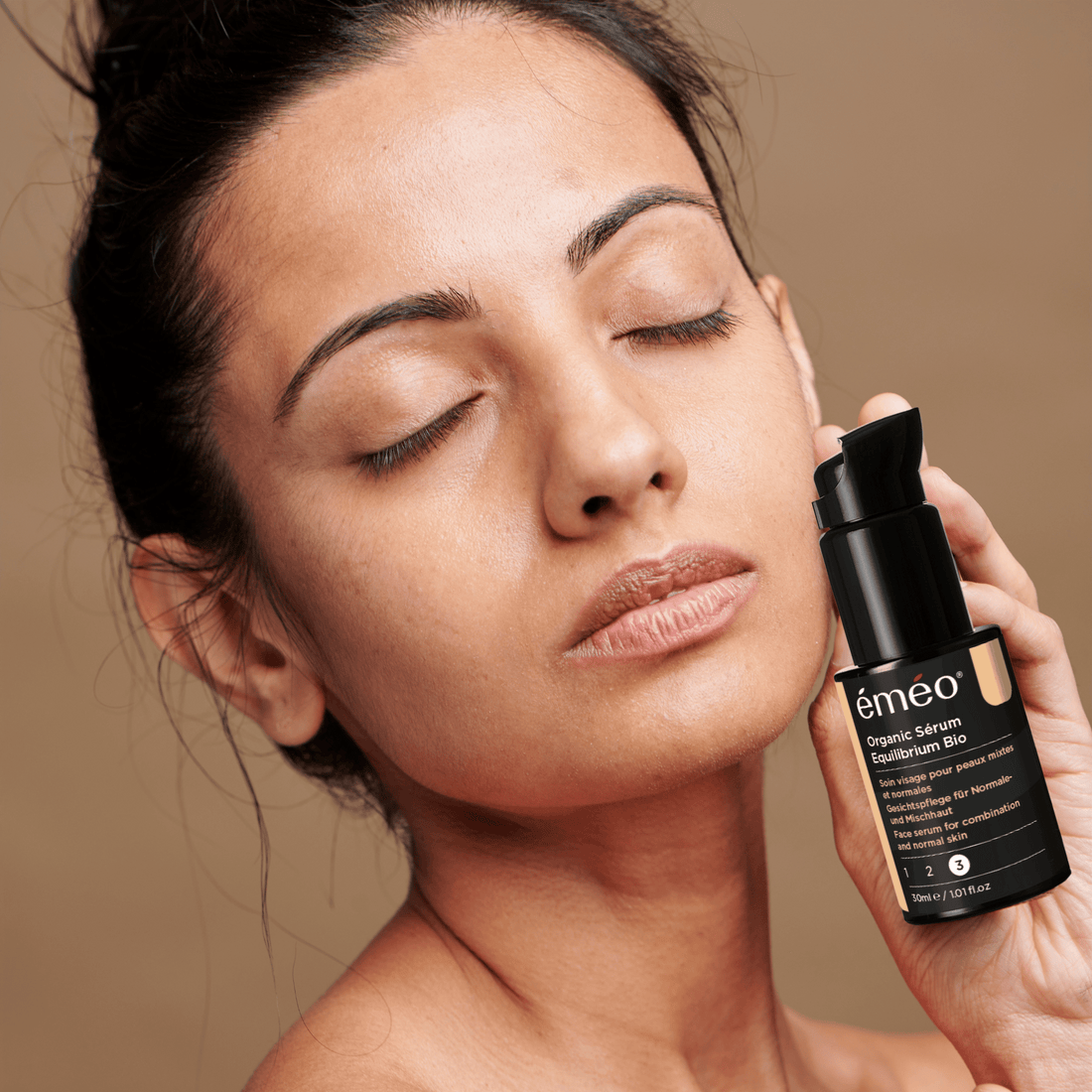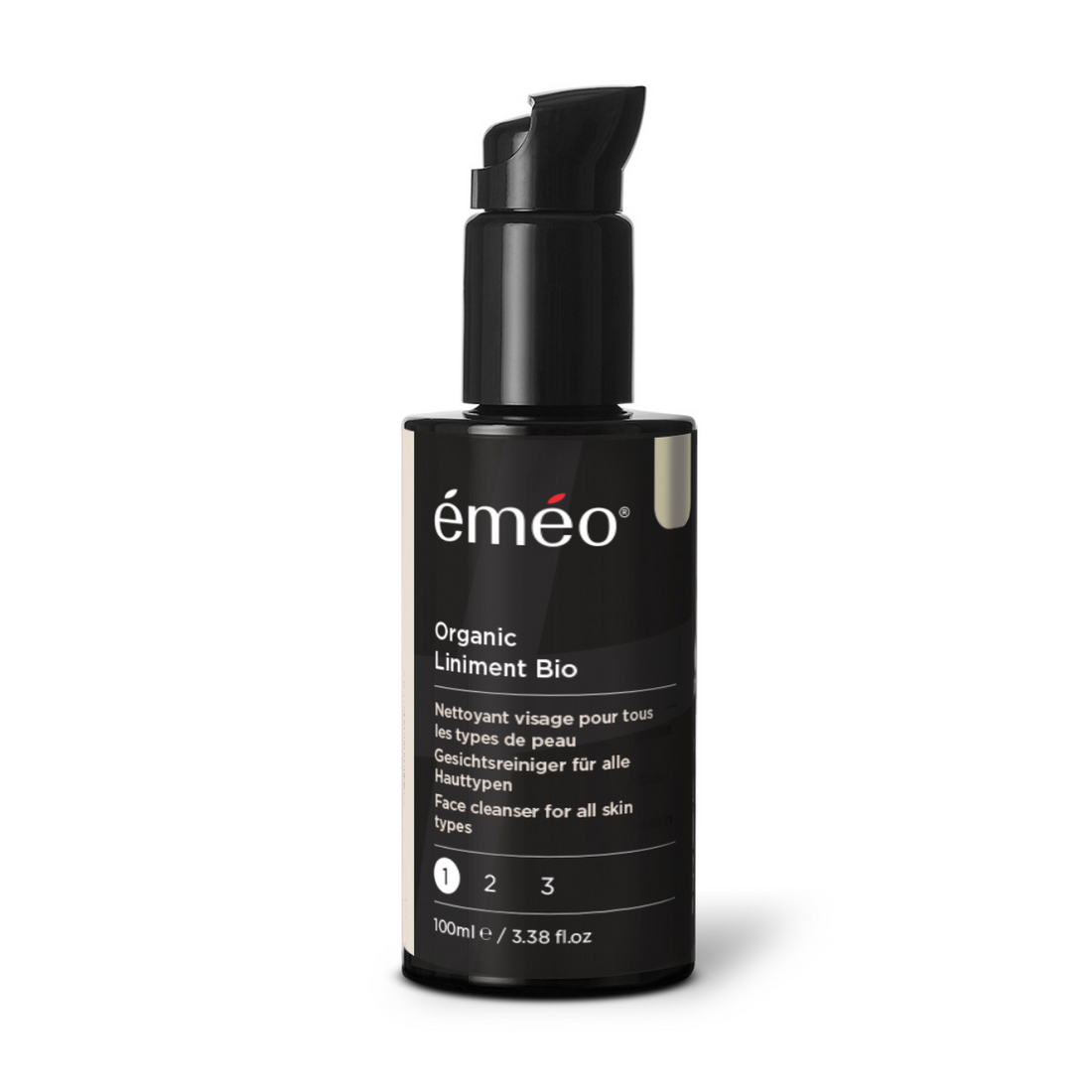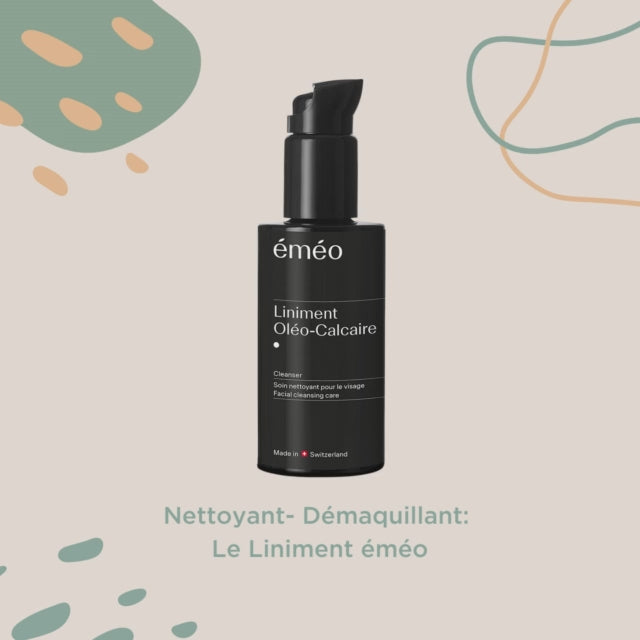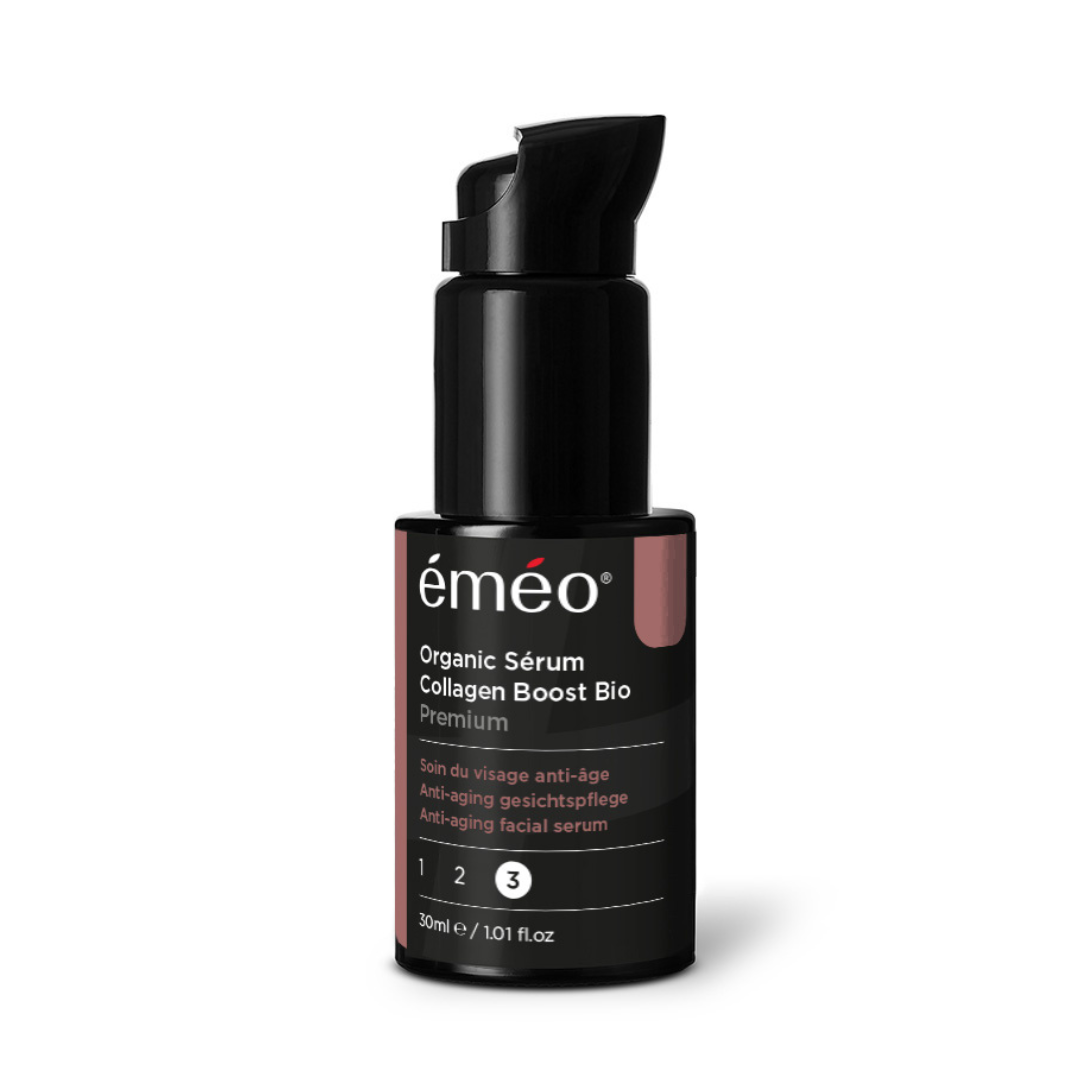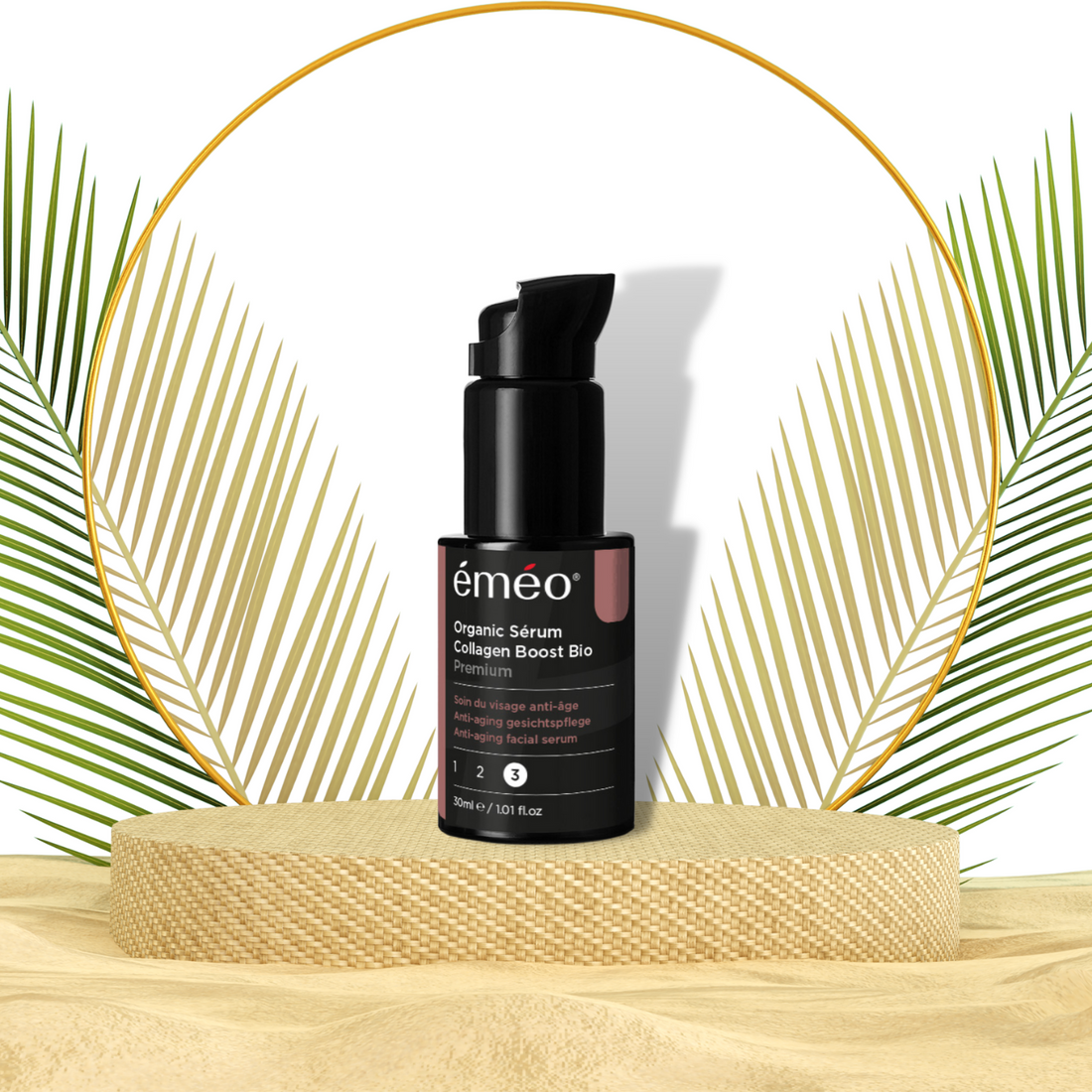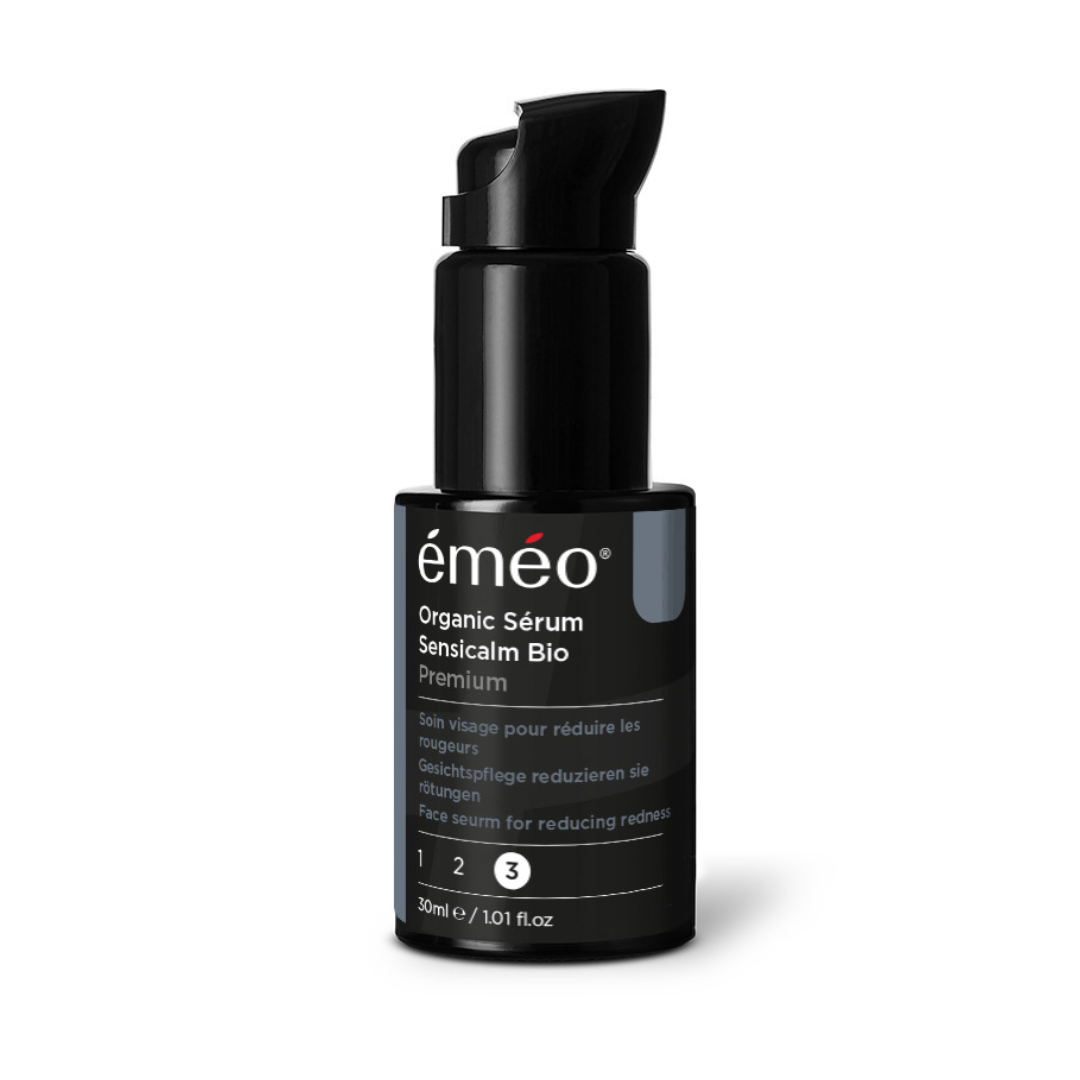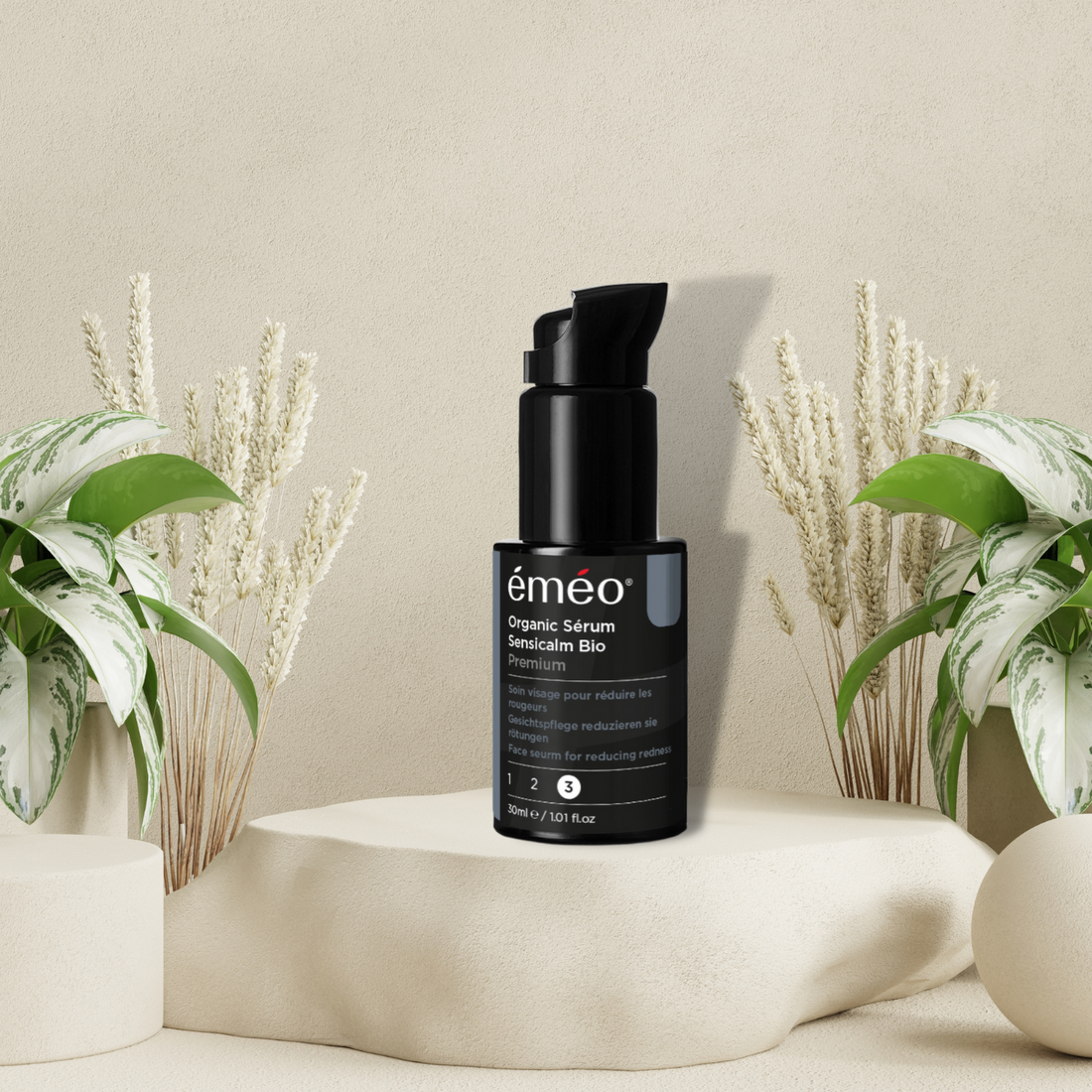Keratosis pilaris is a common skin condition affecting nearly one in four people. Characterized by small, granular bumps often found on the outer arms, it can also appear on other parts of the body such as thighs, buttocks, or even the face. Despite its scientific name, keratosis pilaris is more commonly known as "chicken skin" due to the granular texture it imparts to the skin. While not medically serious, it can be a significant aesthetic concern, especially for women, who are affected in higher proportions than men, at about 65% to 35%.
Understanding Keratosis Pilaris:
The first signs of keratosis pilaris usually appear around the age of 10 to 12. It often stems from a genetic issue caused by an anomaly in the skin's pores, leading to the formation of characteristic small bumps.
Types of Keratosis Pilaris
1. Simple Keratosis Pilaris: This form is the most common and typically appears on the outer arms but can also occur on thighs or the face. The affected skin is often dry, and while it typically does not itch, repeated friction from clothing can worsen symptoms. Fortunately, in most cases, this form of keratosis pilaris improves with age, although it may sometimes leave scars.
2. Red Keratosis Pilaris: This variant, often hereditary, primarily affects the cheeks and may be more prone to scarring than the "simple" type.
3. Acquired Keratosis Pilaris: This type results from skin contact with substances such as hydrocarbons or certain cosmetic products. It can appear on hands, thighs, neck, or face and may be associated with a deficiency in vitamins A or C.
Natural Skincare Protocol
Now that we have a better understanding of this condition, let's explore how to care for it naturally. As someone who has personally dealt with keratosis pilaris, I can attest to the effectiveness of a regular skincare protocol in alleviating symptoms and improving skin appearance.
éméo Skincare Protocol for Keratosis Pilaris
- Gentle Cleansing with "Liniment" or Mild Soap: Use éméo Liniment for the face and/or éméo Mild Soap for the body to clean the affected area. These gentle products, free from essential oils, cleanse the skin deeply while preserving its natural moisture. You can also use a Konjac sponge as a gentle exfoliant to remove dead skin cells and promote cell renewal.
- Soothing with éméo Chamomile Hydrosol: Apply éméo Chamomile Hydrosol to the skin to soothe irritation and reduce inflammation. Chamomile is known for its calming and anti-inflammatory properties, making it ideal for calming sensitive or irritated skin.
- Exfoliation: Apply a small amount of Rosaly exfoliant powder to the palm and mix with a bit of serum and liniment. Gently massage your skin for 5 minutes and then rinse with water.
- Skincare with our Premium Alpha-Lift Serum: Massage the skin morning and evening with the Premium Alpha-Lift Serum, which contains sea buckthorn oil and fruit acids. This special formula helps regenerate the skin, reduce keratin buildup, and alleviate symptoms of keratosis pilaris. If you have dry skin, the Rehydrate Serum could be used alternately to support skin hydration.
Conclusion:
By following this skincare protocol regularly, you should notice a significant improvement in your skin's appearance and a reduction in keratosis pilaris symptoms. It's important to note that results may vary from person to person, and it may take some time before significant improvements are visible. Be patient and persistent, and don't hesitate to consult a dermatologist if you have specific concerns about your skin.


